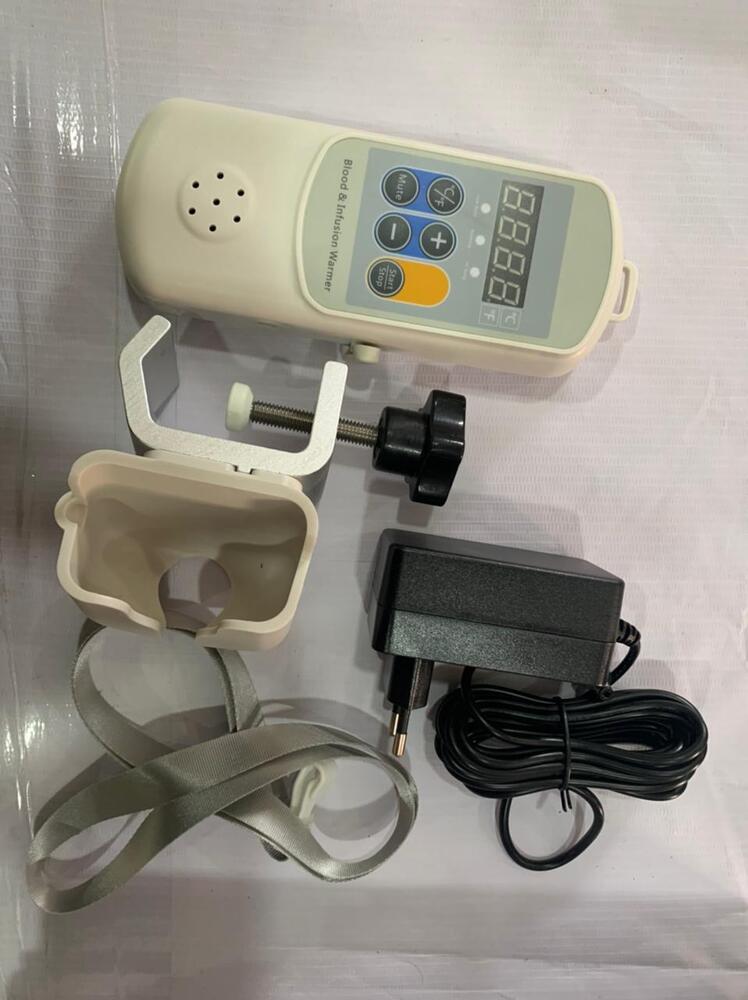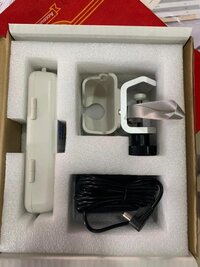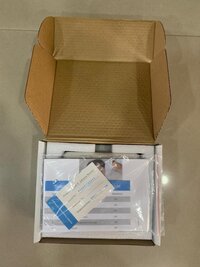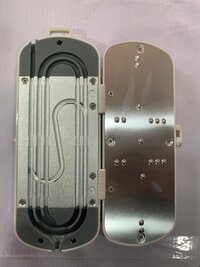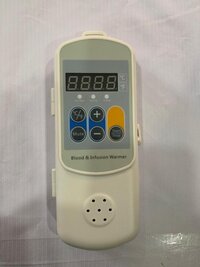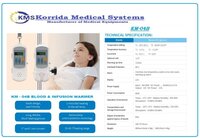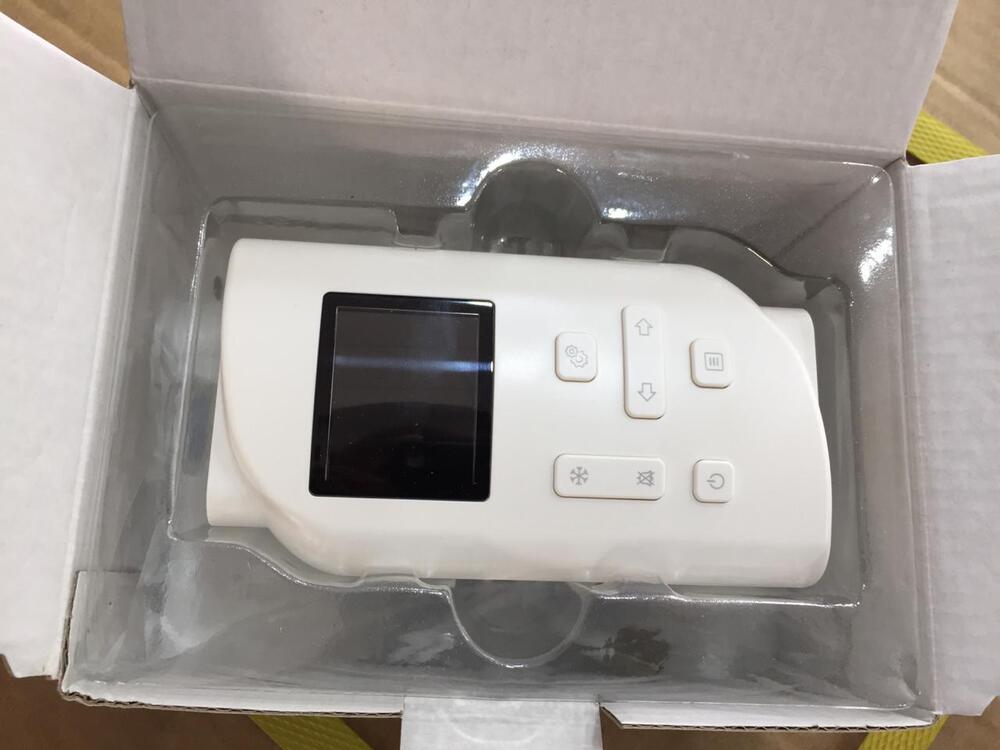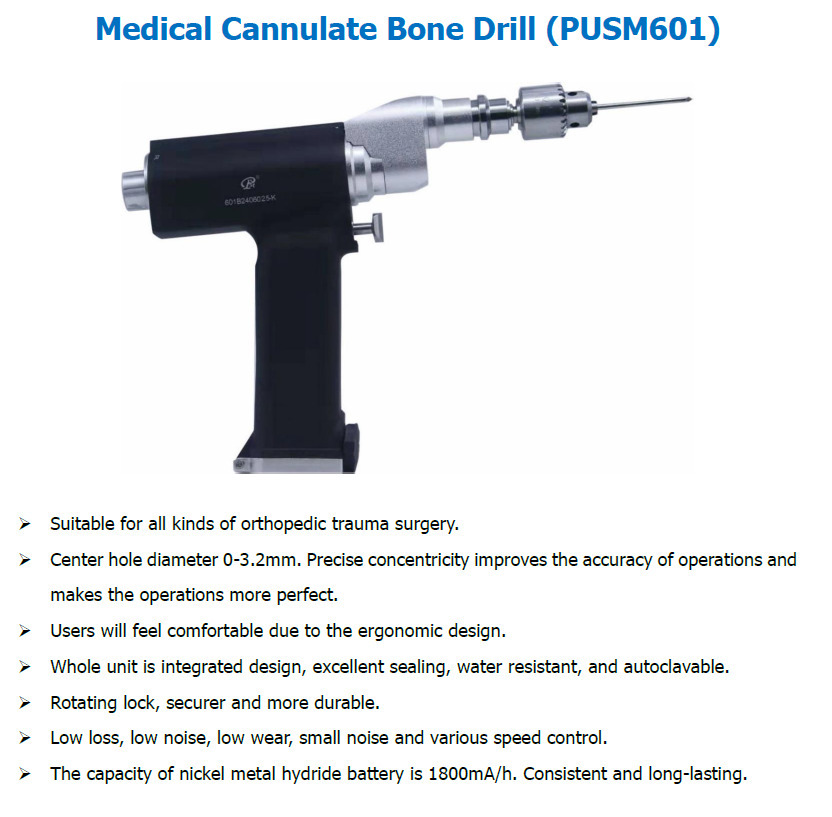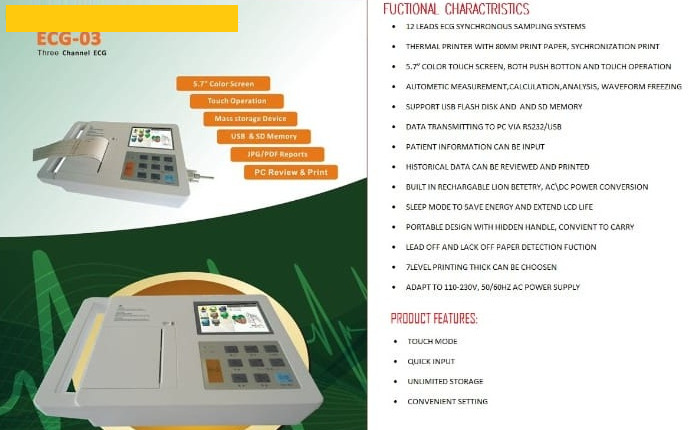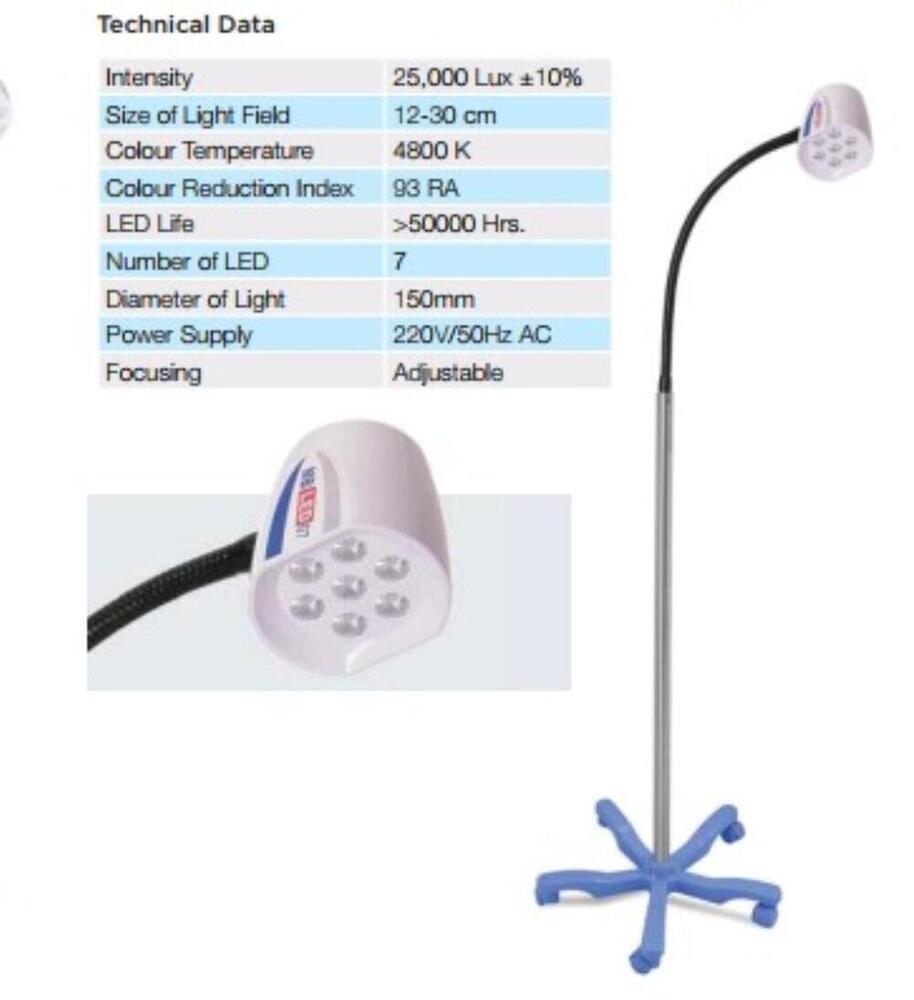FLUID WARMER
Product Details:
FLUID WARMER Price And Quantity
- 17000 INR/Piece
- 1 Piece
FLUID WARMER Trade Information
- Cash in Advance (CID)
- 200 Piece Per Day
- 7 Days
- Asia Australia Central America North America South America Eastern Europe Western Europe Middle East Africa
- All India South India Central India West India North India East India Gujarat Karnataka Kerala Lakshadweep Mizoram Meghalaya Manipur Andhra Pradesh Bihar Chandigarh Daman and Diu Goa Jharkhand Odisha Punjab Assam Delhi Dadra and Nagar Haveli Andaman and Nicobar Islands Arunachal Pradesh Chhattisgarh Haryana Himachal Pradesh Jammu and Kashmir Madhya Pradesh Maharashtra Nagaland Rajasthan Sikkim Tamil Nadu Telangana Tripura Pondicherry Uttar Pradesh Uttarakhand West Bengal
Product Description
A Blood Warmer is a medical device designed to safely heat blood IV fluids or other solutions to a temperature close to body temperature 37C before infusion into a patient It is widely used in surgery trauma care ICU and emergency settings to prevent hypothermia caused by administering cold fluids or blood transfusions
Key Features of Blood Warmer
Precise Temperature Control
Maintains fluid temperature between 35C and 42C to ensure safe infusion
Digital temperature monitoring prevents overheating and thermal injury
Rapid Heating Technology
Provides quick warming to handle emergency transfusions or highflow infusions
Preheats within seconds to handle large volumes efficiently
Multiple Heating Modes
Supports IV fluids plasma blood and crystalloid solutions for versatile applications
Compatible with continuous flow systems for mass transfusion protocols
Portability and Compact Design
Lightweight and portable for use in ambulances field hospitals and disaster relief operations
Models with battery backups ensure uninterrupted function during transport
Compatibility with Standard IV Lines and Tubing
Works with standard infusion sets making it easy to integrate into existing setups
Some models include disposable warming sleeves or inline heaters for infection control
Overheat Protection and Safety Alarms
Builtin alarms for temperature deviations flow blockages or device malfunction
Auto shutoff feature ensures safety during extended use
Continuous Flow Warming
Allows highflow infusion rates of up to 500 mLmin suitable for trauma situations requiring largevolume resuscitation
UserFriendly Interface
Touchscreen or LED display for temperature adjustments and status monitoring
Preset temperature settings simplify operation during emergencies
Applications of Blood Warmer
Emergency and Trauma Care
Rapidly warms blood and IV fluids for shock resuscitation and hypovolemic patients
Used in ambulances and field operations for prehospital care
Surgical Procedures
Prevents hypothermia during major surgeries requiring continuous transfusions or fluid replacement
ICU and Critical Care Units
Ensures normothermia in patients requiring longterm IV therapy
Suitable for burn patients and sepsis management where temperature regulation is critical
Dialysis and Chemotherapy Centers
Provides warmed fluids for dialysis and chemotherapy infusion therapy improving patient comfort
Neonatal and Pediatric Care
Warms nutritional fluids and blood products for infants and pediatric patients with sensitive temperature needs
Advantages of Blood Warmers
Prevents Hypothermia Reduces the risk of coldinduced complications such as coagulopathy cardiac arrhythmias and shock
Fast and Accurate Heating Ensures immediate response in emergency situations without waiting for manual warming methods
Versatility in Fluid Types Suitable for blood IV fluids medications and plasma solutions
Portable and BatteryOperated Models Ensures flexibility in ambulatory and field settings
Ease of Use Preconfigured temperature settings simplify operation for both trained and emergency personnel
Infection Control Features Disposable components ensure hygienic fluid warming and reduce crosscontamination risks
Advanced Features in Modern Blood Warmers
Microprocessor Control Systems
Monitors and adjusts temperature in real time for consistent performance
Smart Alarms and Alerts
Detects air bubbles blockages or temperature fluctuations and provides instant warnings
Integrated Battery Systems
Enables use during transport and outdoor scenarios especially in ambulances or disaster response areas
HighFlow Capability
Handles largevolume infusions required during massive transfusion protocols MTPs
Disposable Cassette Systems
Allows singleuse cassettes for faster setup and hygiene assurance
USB and Bluetooth Connectivity
Tracks temperature logs for compliance and data analysis
Limitations of Blood Warmers
Limited Flow Rate for Massive Transfusions May require dedicated highflow warmers for trauma resuscitation
SingleUse Components Increase Cost Disposable tubing and warming sleeves may require frequent replacement
Battery Runtime Constraints Portable models may have short runtime 24 hours and require backup systems
Compatibility Issues Not all devices work with nonstandard IV lines or proprietary systems
Operator Dependency Requires trained personnel to monitor temperature settings and performance alarms
Optional Accessories
Disposable Warming Sets Ensure hygienic warming and reduce crosscontamination
Transport Bags Protect the device during emergency response operations
Battery Extensions Extend the operational life in remote environments
Mounting Brackets Enable fixed placement on ambulances or ICU walls
Flow Rate Adaptors Allow compatibility with highflow transfusion setups
Key Specifications Example for Modern Models
ParameterSpecification
Heating Range3542C
WarmUp Time3060 seconds
Flow Rate2500 mLmin
Power SourceACDC Rechargeable Battery 24 hrs
DisplayDigital touchscreen with status alerts
Weight153 kg Portable Models
Safety FeaturesOverheat alarms auto shutoff leak detection
Would you like more information on specific models technical comparisons or pricing options

Price:
- 50
- 100
- 200
- 250
- 500
- 1000+
Other Products in 'KORRIDA MEDICAL SYSTEM' category
 |
KORRIDA MEDICAL SYSTEMS
All Rights Reserved.(Terms of Use) Developed and Managed by Infocom Network Private Limited. |

 Send Inquiry
Send Inquiry